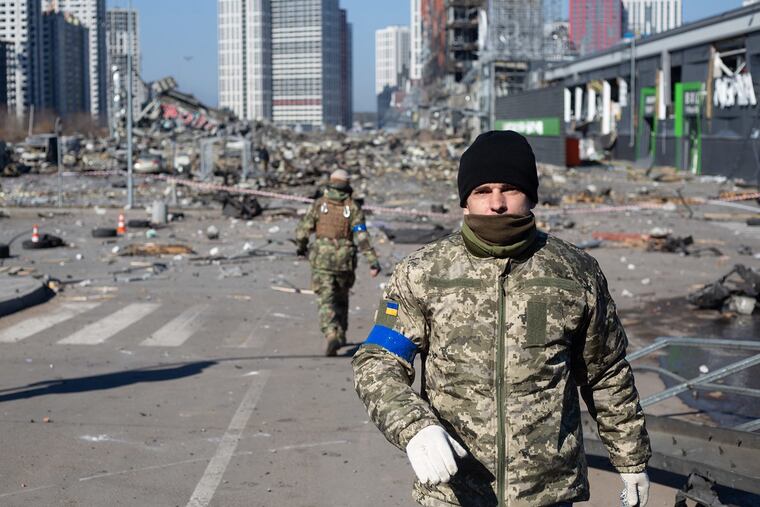Why the world is so worried about Russia’s ‘tactical’ nuclear weapons
Russia is armed to the teeth with nuclear weapons, which some analysts fear it would consider using to escalate the conflict if it felt it was losing.

Russia is armed to the teeth with nuclear weapons, which some analysts fear it would consider using to escalate the conflict if it felt it was losing.
